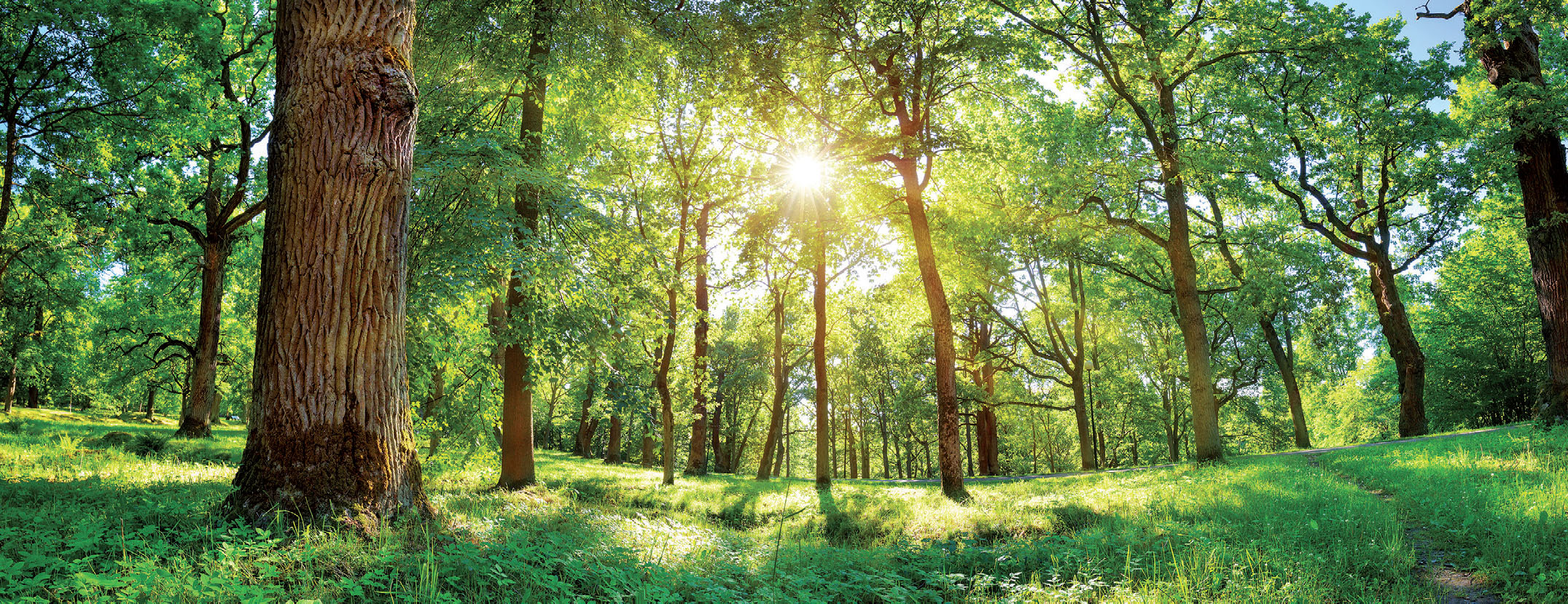
As I write this, the sun is shining, the birds are demolishing the food I've put out for them and I have house martins nesting in my roof. It must be summer.
By the time you read this, it'll almost be the end of term. Any colleagues in the private sector will be even closer to the summer holidays than those of us in the state sector. So, if you do have time to fill, then I find the summer to be a surprisingly great time for teaching music technology. Last year, I wrote an article advising everybody to get out of the classroom and explore the sounds that the outdoors had to offer, using it as inspiration and as samples with which to create music. While I'd say the article still holds up and is worth digging out again if you're a long-time subscriber, it's possibly worth looking at other ways we can use the great outdoors.
New frontiers
One of the most interesting features of the outside is the different acoustic that it provides. A great cross-curricular music and science lesson is to explore the acoustics of a space on music. I find that one of the things that can make a recording sound lovely is the natural reverb or sound of the space in which it was recorded, quite different than if it is artificially placed into the music using software or hardware.
If you have a choir or instrumental group (or any form of performance group for that matter), why not take them outside and explore different outdoor environments? The school field will sound very dead because reverb is created by sound reflecting off objects – and in a big empty space there aren't any objects to reflect! If the school you are in has any wooded areas in the grounds or nearby then try preforming in among the trees – this might be easier said than done, but the wood of the trees will reflect the sound in quite a different way to the hard flat walls and windows of a classroom. You could also explore open-sided buildings (bike sheds, canopies over lunch/play areas, and so on) and see how the performances sound in these areas.
Try recording some of these performances and taking them back to the classroom to explore the impact of the performance space on the sound. This is a great exercise for primary and secondary alike. At primary, begin by discussing how the different spaces sounded, examining how the sound travelled compared to indoors and which sounded best for the music being performed. You could even link it in with the science curriculum and explore how the different materials will affect the sound and decide on the best location for performances and recordings in the future.
In the secondary environment this can be taken further. Students can look at the actual acoustic properties of the different materials in the outdoor performance spaces and ask bigger questions like ‘why is wood less reflective than glass?’ and ‘how quickly does sound dissipate in an open space?’. You can get as deep into the physics as you want (or feel comfortable) but the basics are pretty straightforward if you have a basic understanding of materials and reflection and absorption, and possibly refraction and diffraction depending on the space you're in. You might even want to reach out to a colleague in the science department and see if you can co-ordinate some lessons.

The wood of tress will sound quite different to glass and walls
This might sound like a lot of a work, but a great cross-curricular lesson on acoustics can be a great way for students to understand why we might choose to perform in a big hall rather than the classroom. The spaces we use affect our performances and recordings enormously, and my college always tries to do its recital recordings in the church down the road to give them a lovely reverb for just this reason. The summer gives us the opportunity to explore spaces that we might not usually perform in and to discover new acoustics that might be perfect for a particular piece. Alternatively, you might just have a nice afternoon out with your students in the sunshine!








